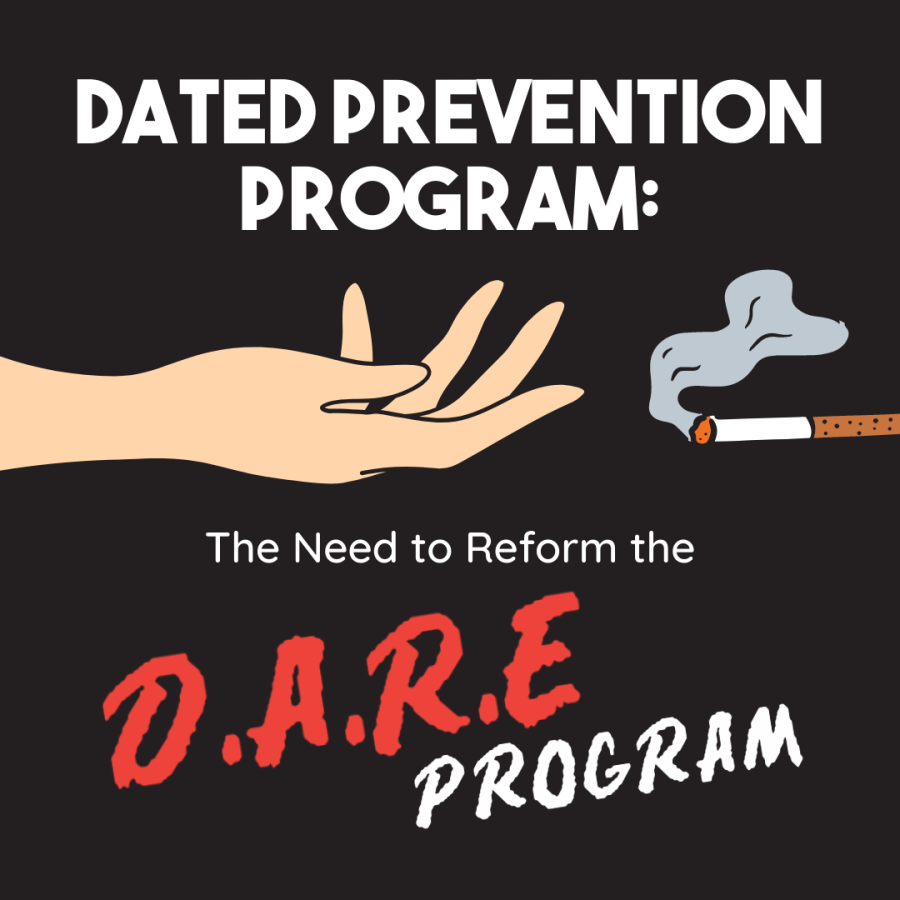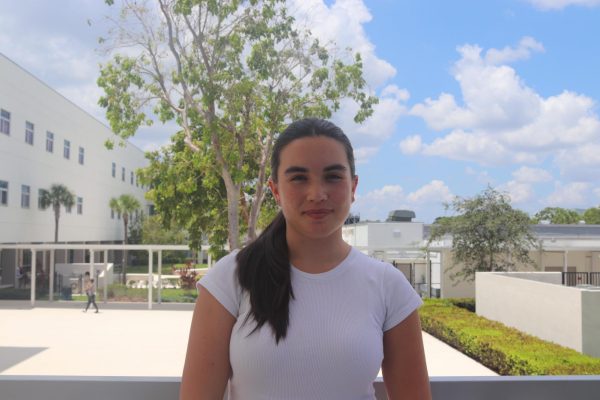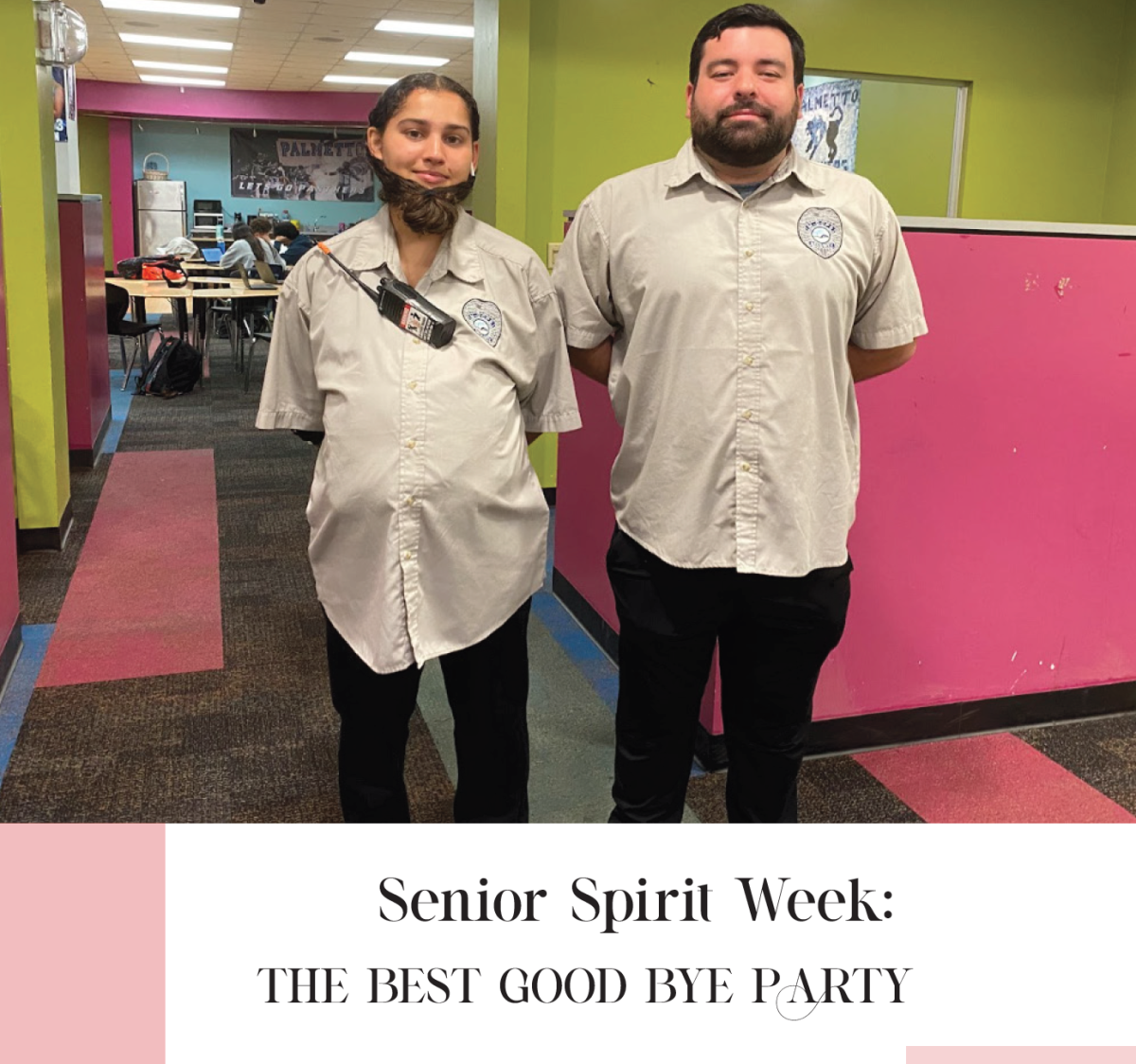Dated Prevention Program: The Need to Reform the D.A.R.E Program
February 23, 2022
As a child prepares to leave elementary school and enter a new stage of childhood, the education system aims to prepare students for real-life situations they may encounter. Parents grow fearful as they anticipate the conversations, pressure, heartbreak and circumstances their child may come face-to-face with everyday reality.
In 1983, the Los Angeles County School District and Los Angeles Police Department instituted the Drug Abuse Resistance Education (D.A.R.E.) Program across the district. Three years later, under the Reagan administration, the U.S. Congress passed the Drug-Free Schools and Communities Act, resulting in the adoption of D.A.R.E. by multiple school districts. The Miami-Dade Police Department implemented the program in 1988. Through D.A.R.E., fifth graders across the district are introduced to a “core curriculum” by the community’s police officers. During their time in the program, participants learn lessons on peer pressure, how to resist the temptations of drug abuse and social building skills. Almost half a century later, the social situations in which our children may find themselves completely differ from those when D.A.R.E. was developed. The images, videos, situations, activities and techniques offered by the program no longer match real-life in the digital age. This presents the question: Is this program really protecting our children?
Over the past decade, the characteristics of a typical American childhood have completely changed with the rapid increase in social media use among younger generations. The typical movie scenes of teenage pressure present a group of girls in a school bathroom convincing another girl to take drugs or attend a party through rude remarks. Today, a situation like that would be easily labeled as “cringe” or non-realistic. Peer pressure has taken on a different form in the golden age of social media.
Peer pressure could be when an image of a celebrity at a club or party surrounded by drugs on social media is deemed as “aesthetic” or cool by all of one’s friends, and in turn, it inspires one to take similar actions. Peer pressure could be defined by a situation in which a specific diet or body type trends on the Internet, causing unhealthy and dangerous changes to one’s eating habits just because “everyone is doing it.” Peer pressure could even be as simple as only being able to be part of a picture if you hold a drink in your hand because it is going to be posted and everyone must look like they are having “fun.” All of these situations fall under the same influence of social media. D.A.R.E. continues to present our children with unrealistic situations, sending them to middle school ill-prepared on how to safely navigate adolescence.
As I finish off my senior year, I can attest that throughout my entire middle and high school experience, I was never presented with a situation similar to the ones taught to me under D.A.R.E. I believe younger generations would benefit from a reform in the curriculum of D.A.R.E.. For instance, a more modern approach to teaching our children how to grow up in a very influential world while still being true to one’s character. The lessons under D.A.R.E, in my experience, instilled fear instead of concrete examples on how to avoid pressure under the circumstances of my generation.
The potential of the D.A.R.E program could truly change the way America’s youth approaches adolescence. In renovating the curriculum under a classroom setting, effective change may be brought to the issues that plague teenagers nowadays.










